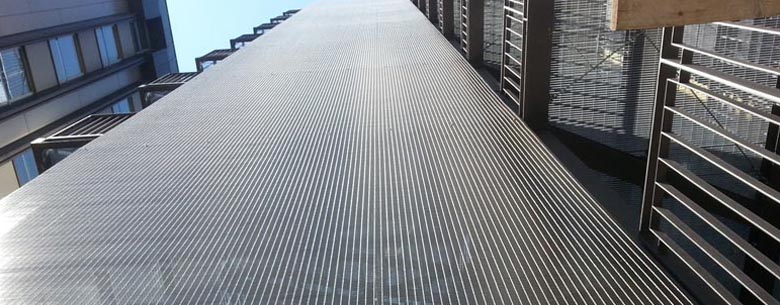Understanding Noise Barriers Their Importance and Functionality
In an increasingly industrialized and urbanized world, noise pollution has become a significant concern for communities and the environment. The incessant sounds of traffic, construction, and other urban activities can have adverse effects on health and well-being. To mitigate these disturbances, one effective solution that has been widely implemented is the construction of noise barriers. This article explores what noise barriers are, their benefits, and how they contribute to enhancing the quality of life in noisy environments.
What are Noise Barriers?
Noise barriers, also known as sound barriers, are structures designed specifically to reduce the transmission of sound from one side to another. They are typically constructed along highways, railways, and industrial sites, where the noise generated can impact nearby residential areas and natural habitats. The barriers can be made from various materials, including concrete, wood, metal, and specially designed sound-absorbing materials.
The effectiveness of a noise barrier largely depends on its height, length, and the ability to absorb or reflect sound waves. The basic principle behind noise barriers is relatively straightforward they create a physical obstruction that blocks noise from reaching sensitive areas. By interrupting the path of sound waves, these structures significantly reduce the volume of noise that transmits over distances.
Benefits of Noise Barriers
1. Enhanced Quality of Life The most immediate benefit of noise barriers is the improvement in the quality of life for residents living near noise sources. Reduced noise levels can lead to better sleep, higher concentration levels, and an overall reduction in stress, contributing to improved mental health.
2. Increased Property Value Properties located near busy roads or industrial zones often suffer from diminished market value due to noise pollution. The installation of noise barriers can enhance the attractiveness of these areas, potentially raising property values and making them more desirable for prospective buyers.
3. Environmental Protection Noise barriers not only protect human communities but also play a critical role in conserving wildlife. Many species are sensitive to noise and may abandon their habitats when disturbed. By reducing noise pollution, these barriers help maintain biodiversity and protect natural ecosystems.
what are noise barriers

4. Compliance with Regulations In many regions, local and national governments impose regulations regarding acceptable noise levels. Noise barriers help infrastructure projects comply with these laws, ensuring that development can proceed while minimizing environmental impact.
Design Considerations
The design of noise barriers is influenced by several factors, including aesthetics, geography, and the specific sound characteristics of the area. Engineers and planners often use materials that not only block or absorb sound but also fit harmoniously into the surrounding environment. For example, green barriers incorporate vegetation, which not only enhances sound absorption but also promotes ecological benefits and visual appeal.
Moreover, the choice of location for these barriers is critical. They must be strategically placed to maximize their effectiveness while considering local topography. Raised areas or hills can enhance the barrier's impact, as sound naturally travels over lower elevations.
Challenges and Innovations
While noise barriers are effective, they are not a one-size-fits-all solution. Various challenges can arise, such as ensuring durability against weather elements and maintaining aesthetic values in urban settings. Furthermore, as urban areas continue to grow, the sources of noise may evolve, necessitating innovative designs and materials.
Recent advancements in technology have led to the development of more effective sound-absorbing materials and designs. For example, some noise barriers now incorporate renewable materials, further aligning with sustainable practices and reducing their carbon footprint.
Conclusion
Noise barriers are an essential element in managing noise pollution in our modern world. They provide significant benefits that extend beyond mere sound reduction, enhancing the quality of life and protecting the environment. As urban centers continue to expand and the demand for quieter living conditions grows, the role of noise barriers will likely become even more critical. Through thoughtful planning and innovative designs, communities can build a quieter, more peaceful future for all their inhabitants.
-
Why Galvanized Trench Cover Steel Grating Resists Corrosion
NewsJul.10,2025
-
The Versatility and Strength of Stainless Expanded Metal Mesh
NewsJul.10,2025
-
Load Calculations in Steel Grating Platforms
NewsJul.10,2025
-
Keeping Pets and Kids Safe with Chicken Wire Deck Railing
NewsJul.10,2025
-
Hole Diameter and Pitch for Round Perforated Metal Sheets
NewsJul.10,2025
-
Aluminium Diamond Mesh in Modern Architecture
NewsJul.10,2025
Subscribe now!
Stay up to date with the latest on Fry Steeland industry news.

